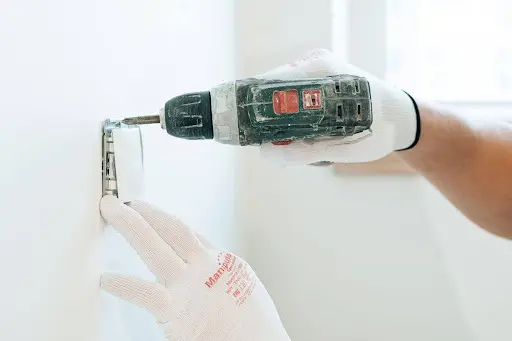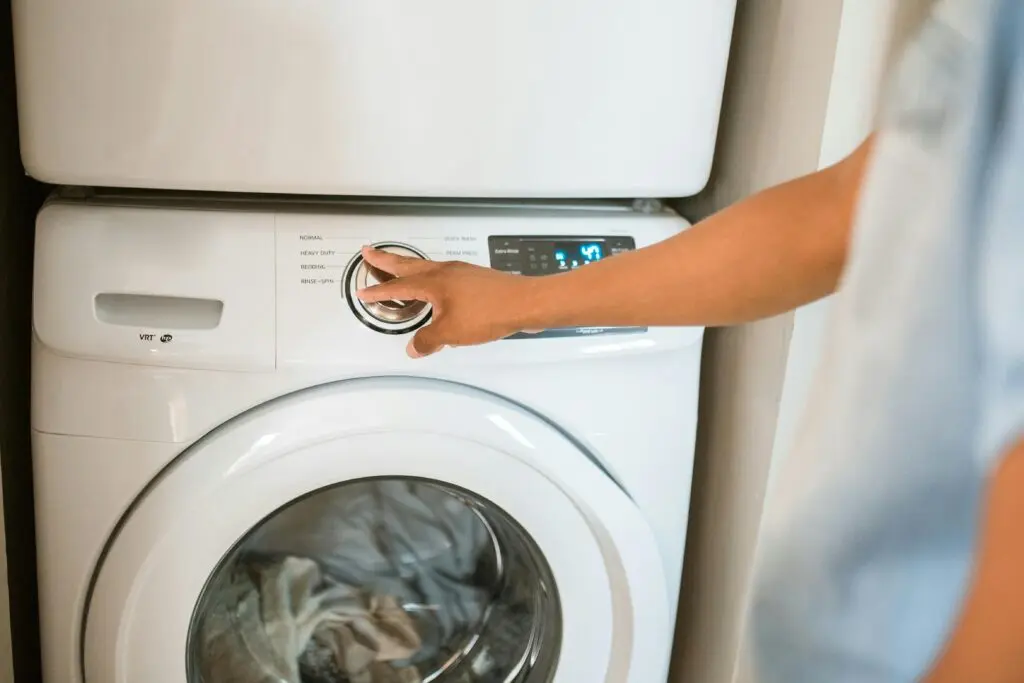Maintaining and upgrading your home’s infrastructure systems represents one of the most significant aspects of homeownership. These essential systems work continuously behind the scenes to provide comfort, safety, and functionality for your daily life. While infrastructure upgrades can seem overwhelming, understanding each system’s role and knowing when improvements are needed helps homeowners make informed decisions. This comprehensive overview explores the major infrastructure components that keep modern homes operating efficiently and comfortably.
HVAC Systems and Indoor Climate Control
Heating, ventilation, and air conditioning systems work together to maintain comfortable indoor temperatures and air quality year-round. These systems include furnaces or heat pumps, ductwork, air conditioning units, and ventilation components that circulate and filter air throughout your home. Older HVAC systems often operate less efficiently and may struggle to maintain consistent temperatures in different areas of the house.
Insulation and Energy Efficiency Improvements
Proper insulation works as a thermal barrier that helps maintain comfortable indoor temperatures while reducing energy consumption. Many older homes have inadequate or deteriorated insulation in walls, attics, and basements that allows heated or cooled air to escape. Modern insulation materials offer improved thermal performance and can be installed in areas that were previously difficult to access.
Professional Electrical Services
Licensed electricians, like those found at Gosling Electrical Service, typically work through established electrical contracting companies that handle both residential and commercial projects. Many areas have local electrical contractors who specialize in home upgrades and can assess your current system’s capacity and safety.
National electrical service chains also operate in most metropolitan areas and often provide standardized pricing and warranty programs. Home improvement stores sometimes maintain networks of certified electrical contractors who can handle everything from simple outlet installations to complete panel upgrades.
Windows and Exterior Envelope Upgrades
Your home’s exterior envelope includes windows, doors, siding, and roofing materials that protect the interior from weather and outdoor elements. Windows play a particularly important role in energy efficiency, security, and noise control throughout your living spaces. Older windows may have single-pane glass, deteriorated seals, or frames that allow air infiltration and moisture problems.
Water Heater Installation Service Providers
Water heater installation services are typically provided by licensed plumbers who specialize in water heating systems and related plumbing connections. Many plumbing contractors offer water heater tank installation services as part of their regular business and can handle both traditional tank units and newer tankless systems.
Home improvement retailers often partner with certified installation professionals who can handle delivery, removal of old units, and complete installation services. Some areas have specialized water heater companies that focus exclusively on water heating equipment and can provide detailed guidance on selecting the right system for your household’s needs.
Roofing and Structural Protection Systems
Your roof serves as the primary barrier protecting your home’s interior and structural components from weather damage. Roofing systems include not just the visible shingles or other covering materials, but also underlayment, flashing, gutters, and ventilation components. Over time, roofing materials can deteriorate due to weather exposure, age, or storm damage that compromises their protective capabilities
Smart Home Technology Integration
Smart home systems represent the newest frontier in residential infrastructure, connecting various home systems through digital networks and automated controls. These technologies can monitor and control everything from lighting and temperature to security systems and appliance operation. Smart home infrastructure requires reliable internet connectivity, compatible devices, and often additional electrical circuits to power new equipment.
Flooring and Interior Structure Systems
Flooring systems provide more than just surface aesthetics and include subflooring, underlayment, and support structures that affect comfort and durability. Different areas of your home may require different flooring solutions based on moisture levels, traffic patterns, and functional requirements. Over time, flooring materials can wear out, become damaged, or simply become outdated in terms of style and performance.
Sewage and Drainage Infrastructure
Your home’s sewage and drainage systems handle wastewater disposal and stormwater management to protect both your property and the broader environment. These systems include interior drain lines, exterior sewage connections, foundation drainage, and sometimes septic systems for homes not connected to municipal sewage treatment. Problems with drainage systems can lead to backups, flooding, or environmental contamination that require immediate attention.
Security and Safety System Modernization
Modern security and safety systems go far beyond traditional locks and smoke detectors to include comprehensive monitoring and alert systems. These infrastructure components include hardwired smoke and carbon monoxide detectors, security cameras, alarm systems, and emergency lighting that require dedicated electrical circuits and communication connections. Older safety systems may lack the sensitivity, reliability, or connectivity features that modern systems provide for comprehensive protection.
Understanding your home’s various infrastructure systems empowers you to make informed decisions about maintenance, repairs, and upgrades that will serve your household for years to come. Each system plays a vital role in creating a safe, comfortable, and efficient living environment that meets modern standards and expectations.
While infrastructure improvements require careful planning and professional expertise, they represent valuable investments in your property’s functionality and long-term performance. Regular assessment and timely upgrades of these systems help prevent costly emergency repairs while maintaining your home’s value and livability.
Apart from that, if you want to know more about 5 Best Smart Home Apps for Smart Home Automation then visit our Home Appliances category.



